I hesitated to add the last 3 words to the title of this blog, as landing a job, in general, is already hard enough. As a foreigner, who needs any kind of visa sponsorship, it’s harder.
[From America Josh]: Eva came to me and said “Josh, I can help people who are moving here be more successful at finding a job. So I thought why not and said “write me a post with your top 5 tips to start”, so here we are! Over to Eva.
Let me start off with some general context.
A recent LinkedIn study showed that 1 out of 3 people in the US are looking for (new) career opportunities. With a labor force of 160 million people, that makes more than 53 million competitors for open roles.
On average, an advertised job at a tier 1 company gets 250 applicants, of which 75% come from some sort of portal. Once submitted, these applications are screened by an Applicant Tracking System (ATS) that scans them for keywords. At the end of the process, only 5 resumes make it to the hands of an actual human: the recruiter. That’s 2%.
On top of these depressing stats above, it turns out that around 80% of actual open jobs are not even posted.
Ugh, I know. So far it sucks for everyone.
Now, what’s the difference for foreigners?
The initial screening process by the ATS contains a couple of default questions that are:
- Are you eligible to work in the US?
- Do you, now or at any point in the future, require visa sponsorship?
If your answer to the first question is no, you’re screened out before someone even looked at your resume.
If your answer to the second question is yes, the same thing.
I hear you say: “but I’m Australian and I only need an E3 which is super easy and cheap to get.” Save your breath. ATS’s don’t make a difference. You’re out.
5 tips that will help you stay ahead of the competition
No need to panic though. Luckily, there are some things that you CAN do to work around this broken system and land yourself your dream job!
1. Build a meaningful network
A meaningful network is THE key to success, as referrals make up the vast majority of hires.
Conservative estimates put hires-by-referrals at 40%, while other data have them at 80% (!) of total hires. Building meaningful relationships is a process that takes time, so you want to start doing it right away and definitely before you’re desperate for a job. Research the leaders you admire in the companies you could see yourself working for and connect with them without an ask. You can comment to an article they published, tell them how much you enjoyed the marketing campaign they ran at their company, or what you took away from their latest podcast.
Give before you take.
Then when that dream role opens up, they may want to refer you to it, as that’s what friends do.
2. Optimize your LinkedIn headline and summary
Your LinkedIn headline needs to reflect exactly what you bring to the table.
Your current/desired job title is a good start, but make sure you use all the 120 characters available to pop up in as many relevant recruiter searches as possible. Every missed keyword costs you 10 to 20 search appearances a week.
Though some people use funny words to describe themselves like ‘guru’ or ‘ninja’, this is not recommended in practice, since recruiters will never search on those words.
Another opportunity is the summary. You should use those 2000 characters to show some personality and brand yourself. Your summary should be like your elevator pitch. Please write it in the first person.
3. Make sure your resume is “ATS & recruiter friendly”
Though you want your LinkedIn summary to show your personality and tell your brand story, your resume should be more concise and keyword focused since the initial screening is done by a system.
Also, IF a recruiter looks at it afterward, they spend on average only 6 seconds! Americans like ‘dry' resumes: no pictures, no personal information, no creative formatting (unless you’re applying for a creative job, maybe).
Keep it to 1 to 2 pages, and make sure you include quantifiable achievements for each job instead of generic responsibilities. The reader should take away the value YOU brought, versus an overview of what the role is supposed to be.
4. Apply in a targeted manner
When there is no immediate success in a job search and feedback is lacking (which is almost always the case), some people tend to go overboard and apply for everything and anything they find online.
This will not help to turn the situation around. Instead, what you should do it spend some time to research companies that you want to work for and the problems they face. If you have solved similar problems in your career, make sure to showcase that on your resume.
Much more powerful than applying online is connecting directly with the hiring manager on LinkedIn and sending them a personalized note. If you can hit on what keeps them up at night and how that can be addressed by hiring you, you’re good.
5. Don’t drop everything the moment you get an interview
Too many people shut down their applications and outreach as soon as they are invited for an interview.
Not a good strategy! A phone screen or an in-person interview is a long way from a job offer and anything can happen between now and then. They could identify an internal candidate (you’d be surprised how often that happens after posting a job online), their budgets can freeze, there could be a reorg so that the hiring team and priorities shift, they might not reach consensus on the candidates and put the process on hold.
Most importantly, keep going until you have your dream offer in your hands.
If you need help with all or any of this, you can also consider working with a career coach, like Eva Offermans, Founder and Certified Coach @ Innovo Coaching. Check out her website here and feel free to get in touch!

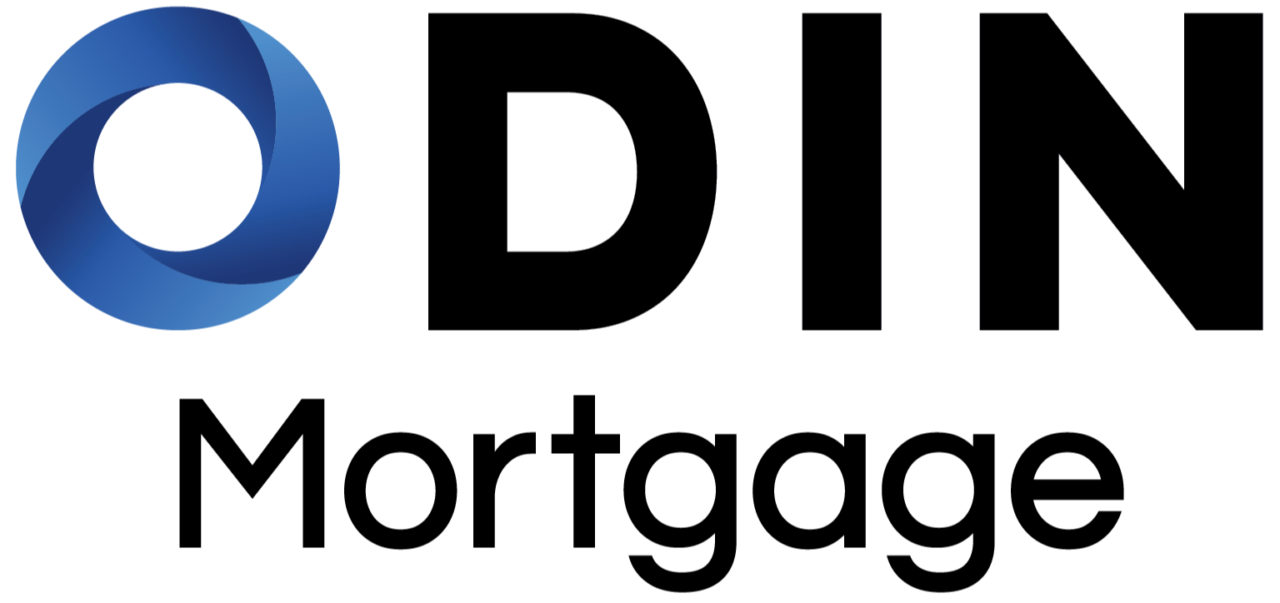




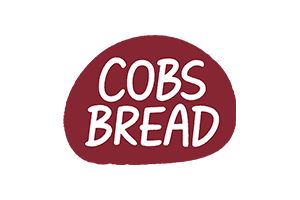
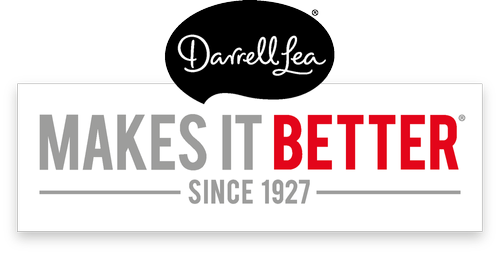



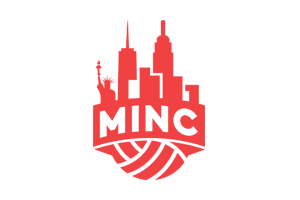
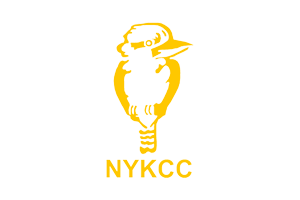
Hi Josh, sorry I cant seem to find the answer on this site. – but if you did have to answer the questions “Are you eligible to work in the US?
Do you, now or at any point in the future, require visa sponsorship?” and can obtain an E3 visa pending offer what would you respond with? Thanks so much, seeing lots of different opinions online!
You must respond yes, but it will rule you out for that job in most cases! That’s why you need an alternative way in
I was hoping for more direct information for Aussies looking for the job in US such as:
1. What contact details should be provided in resume?I understand mobile number and email are basic ones but given Aussie number and current location as Australia the chances are really slim to get a call from recruiter. So I would appreciate if you can explain catch-22 sitation in this kind of article or a separate one.
2. Should an Aussie buy Skype US number and lie to recruiter that we are in America? Please help me comprehend and solve these kind of situations. A sample scenario of conversation would be great.
3. How to answer the common questions: Are you eligible to work in the US?
Do you, now or at any point in the future, require visa sponsorship?
Appreciate your help in answerring these ones.
Hey Jack, all great questions!
1. For this one I would recommend setting up a US phone number through Google Voice or similar, and not mentioning on your resume that you are in Australia. That won’t help you as you mentioned.
2. It’s not about lying, that’s never recommended, but unless you are asked “Where are you right now?” you don’t need to volunteer that information.
3. This is a really tough one and basically you are stuck if this is the way you are applying. The better bet is to make introductions that don’t require you to go into a pile (because selecting that you require sponsorship will most likely get you knocked off the list completely). You want to get your foot in the door before this question is raised.